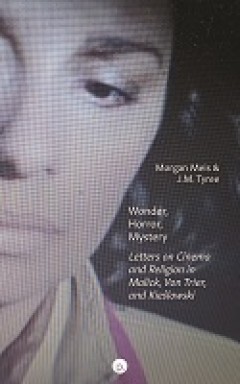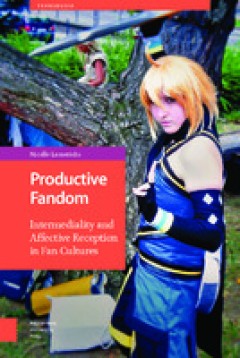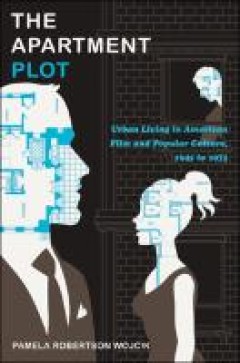Filter by

The Altering Eye: Contemporary International Cinema
The Altering Eye covers a "golden age" of international cinema from the end of WWII through to the New German Cinema of the 1970s. Combining historical, political, and textual analysis, Kolker develops a pattern of cinematic invention and experimentation from neorealism through the modernist interventions of Jean-Luc Godard and Rainer Maria Fassbinder, focusing along the way on such major figur…
- Edition
- -
- ISBN/ISSN
- 9781906924034
- Collation
- -
- Series Title
- -
- Call Number
- -

Wonder, Horror, Mystery
Wonder, Horror, Mystery is a dialogue between two friends, both notable arts critics, that takes the form of a series of letters about movies and religion. One of the friends, J.M. Tyree, is a film critic, creative writer, and agnostic, while the other, Morgan Meis, is a philosophy PhD, art critic, and practicing Catholic. The question of cinema is raised here in a spirit of friendly friction t…
- Edition
- -
- ISBN/ISSN
- 9781685710095
- Collation
- ScholarLed
- Series Title
- -
- Call Number
- -

Wonder, Horror, Mystery: Letters on Cinema and Religion in Malick, Von Trier,…
Wonder, Horror, Mystery is a dialogue between two friends, both notable arts critics, that takes the form of a series of letters about movies and religion. One of the friends, J.M. Tyree, is a film critic, creative writer, and agnostic, while the other, Morgan Meis, is a philosophy PhD, art critic, and practicing Catholic. The question of cinema is raised here in a spirit of friendly friction t…
- Edition
- -
- ISBN/ISSN
- 9781685710095
- Collation
- -
- Series Title
- -
- Call Number
- -

Productive Fandom
This book offers a media ethnography of the digital culture, conventions, and urban spaces associated with fandoms, arguing that fandom is an area of productive, creative, and subversive value.
- Edition
- -
- ISBN/ISSN
- 9789089649386
- Collation
- -
- Series Title
- -
- Call Number
- -

The Apartment Plot
Rethinking the significance of films including Pillow Talk, Rear Window, and The Seven Year Itch, Pamela Robertson Wojcik examines the popularity of the “apartment plot,” her term for stories in which the apartment functions as a central narrative device. From the baby boom years into the 1970s, the apartment plot was not only key to films; it also surfaced in TV shows, Broadway plays, lite…
- Edition
- -
- ISBN/ISSN
- 9780822392989
- Collation
- -
- Series Title
- -
- Call Number
- -
 Computer Science, Information & General Works
Computer Science, Information & General Works  Philosophy & Psychology
Philosophy & Psychology  Religion
Religion  Social Sciences
Social Sciences  Language
Language  Pure Science
Pure Science  Applied Sciences
Applied Sciences  Art & Recreation
Art & Recreation  Literature
Literature  History & Geography
History & Geography